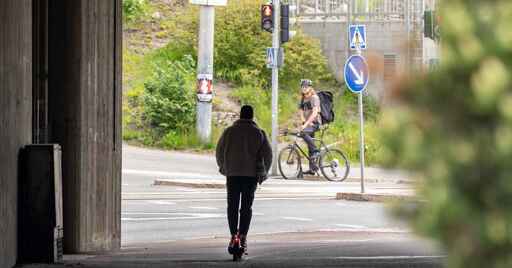Helsinki has not recorded a single traffic fatality in the past 12 months, city and police officials confirmed this week.
The city’s most recent fatal accident occurred in early July 2024 on Keinulaudantie in the city’s Kontula district.
Authorities are calling the situation exceptional.
“A lot of factors contributed to this, but speed limits are one of the most important,” said Roni Utriainen, a traffic engineer with the city’s Urban Environment Division.
…
According to Utriainen, more than half of Helsinki’s streets now have a speed limit of 30 km/h. Fifty years ago, that proportion featured 50 km/h limits.
Earlier this summer, Helsinki decided to lower speed limits near schools to 30 km/h, a measure that is set to take effect as the academic year begins.
…



Just to get the broader picture, here is a world map displaying the deaths from road injuries.
The number of deaths from road injuries appears to be highest in China and India, Europe is among the regions with lowest numbers.
Link to xkcd
Unfortunately, the data used in that map don’t appear to be corrected for population size.
So the high numbers in China and India don’t really mean much without some additional context.
The map on Wikipedia is based on deaths per 100k inhabitants, which seems more useful for gauging overall road mortality rate.
What’s the scale? Deaths per 1000km driven? Time in vehicle? Per 100k people?
@clockworkrat@slrpnk.net
Yeah, Europe, Australia, and Canada show the lowest numbers also here, though.
@wols@lemmy.zip
Addition:
According to the WHO (which is source of the Wikipedia map), a road traffic injuries report says:
And:
Road traffic death rate (per 100 000 population) according to WHO:
deleted by creator
I was referring to the Wikipedia map posted by @wols@lemmy.zip - here again.
Aye, sorry, I missed the bit at the end of your comment
No worries, mate. Have a great one.
Just the total numbers, no scaling.